Being more eco-friendly around the garden has no downside. As well as helping the environment, it saves you money, makes plants healthier and increases beneficial wildlife, which in turn pollinate plants and protect them from predators. The result is a floriferous garden filled with birdsong and the hum of contented bees.
From planting to creating a wildlife-friendly garden, here is our expert gardening guide to some of the ways you can be a greener gardener.
How to plan your garden
Mix it up
Practice interplanting in flower borders to prevent the spread of pests and disease. For example don’t plant roses en masse on their own, but rather mix them with perennials, grasses and shrubs to prevent rose sickness. Build defences further by using companion planting. For instance, grow roses alongside salvias (such as ‘Cerro Potosí’) because their sulphur content reduces sickness, and plant cleome in the veg patch for cabbage white butterflies to lay eggs on, instead of your brassicas.
Weatherproof your garden

Reduce watering and protect your garden from heatwaves by growing drought-resistant plants such as echinops, verbascum and perovskia. In dry areas, dig in organic compost upon planting to improve water retention, and lay gravel on the surface to further conserve moisture.
Opt for hardy plants
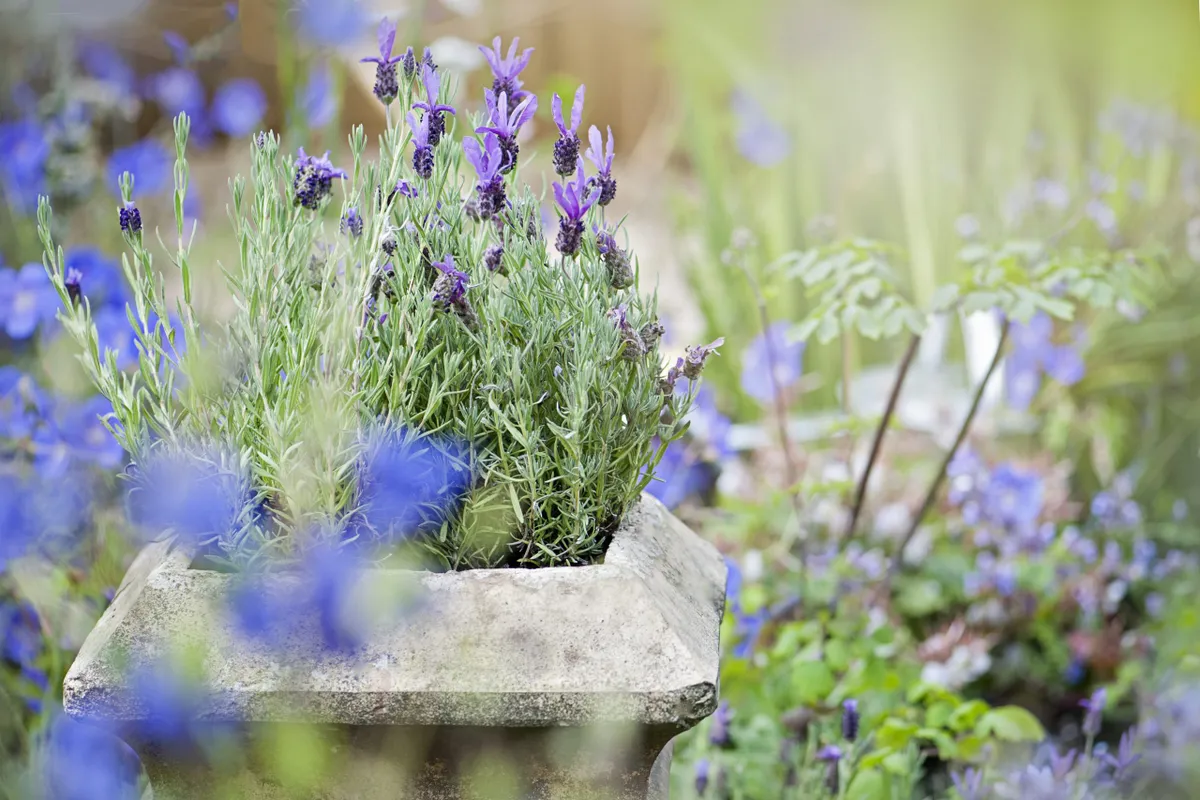
When buying plants, opt for those that resist pests and disease well. For example, if you share your garden with slugs, grow things they slide past, such as lavender, nepeta and cranesbill. And if you like roses, opt for varieties such as ‘Aloha’ and ‘Madame Alfred Carrière’, which resist sickness such as black spot.
How to garden for wildlife
Create nectar-rich borders
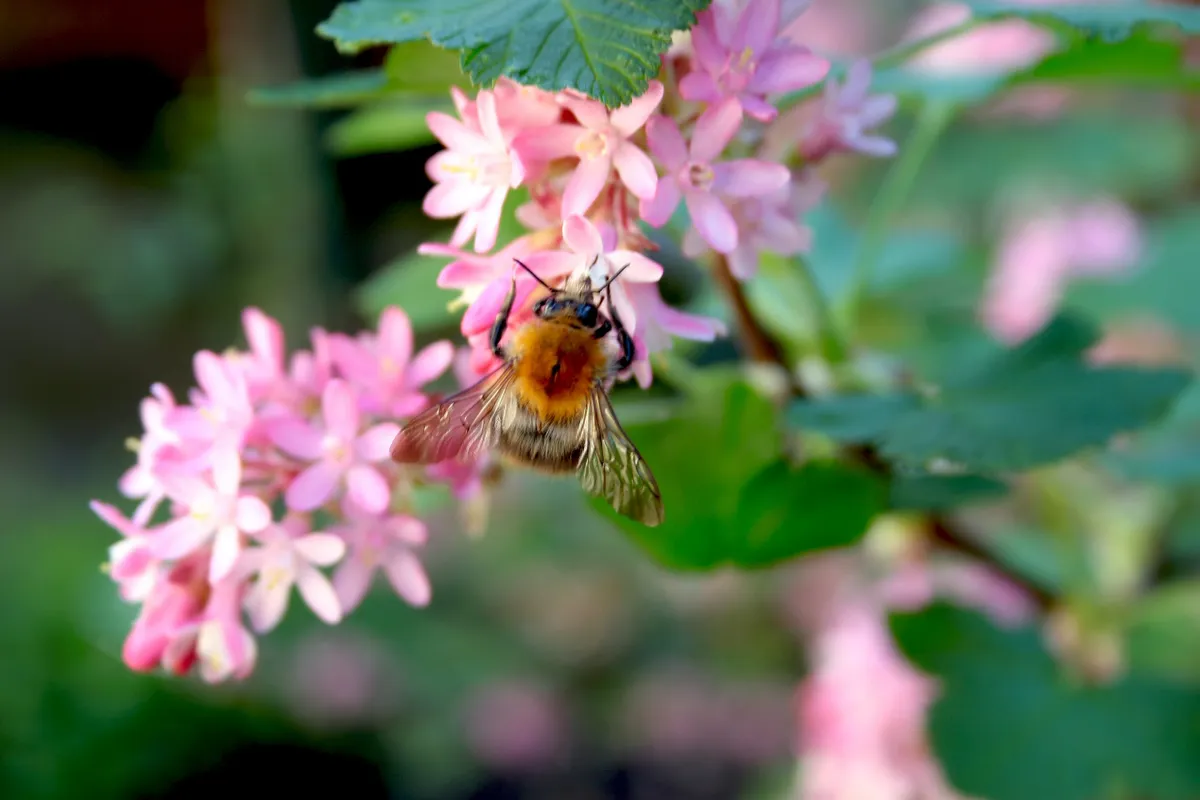
Provide pollinators with nectar-rich flowers all year round. See our feature on Spring Plants for Pollinators[INSERT LINK]. Grow helenium, scabious and nepeta for summer nectar; stonecrop, aster and ivy for autumn food; and mahonia, hellebore and snowdrops to provide for the pollinators (including the Buff-tailed Bumblebee) that now forage in winter as a result of climate change.
Plant in bulk
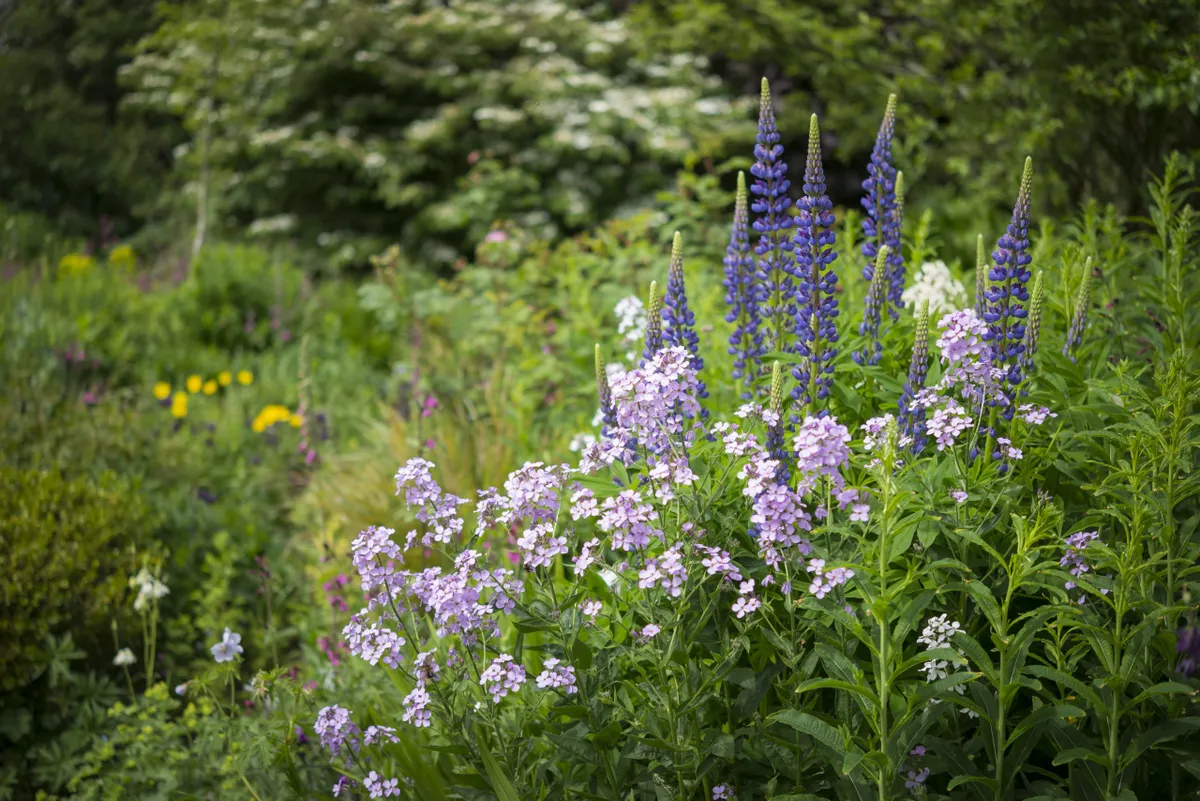
Planting in bulk aids foraging - for example line a path with an informal hedge of lavender to delight the bees or dot clumps of a great nectar source (such as borage, cornflowers or Verbena bonariensis) at intervals, through a border.
Give nature a home
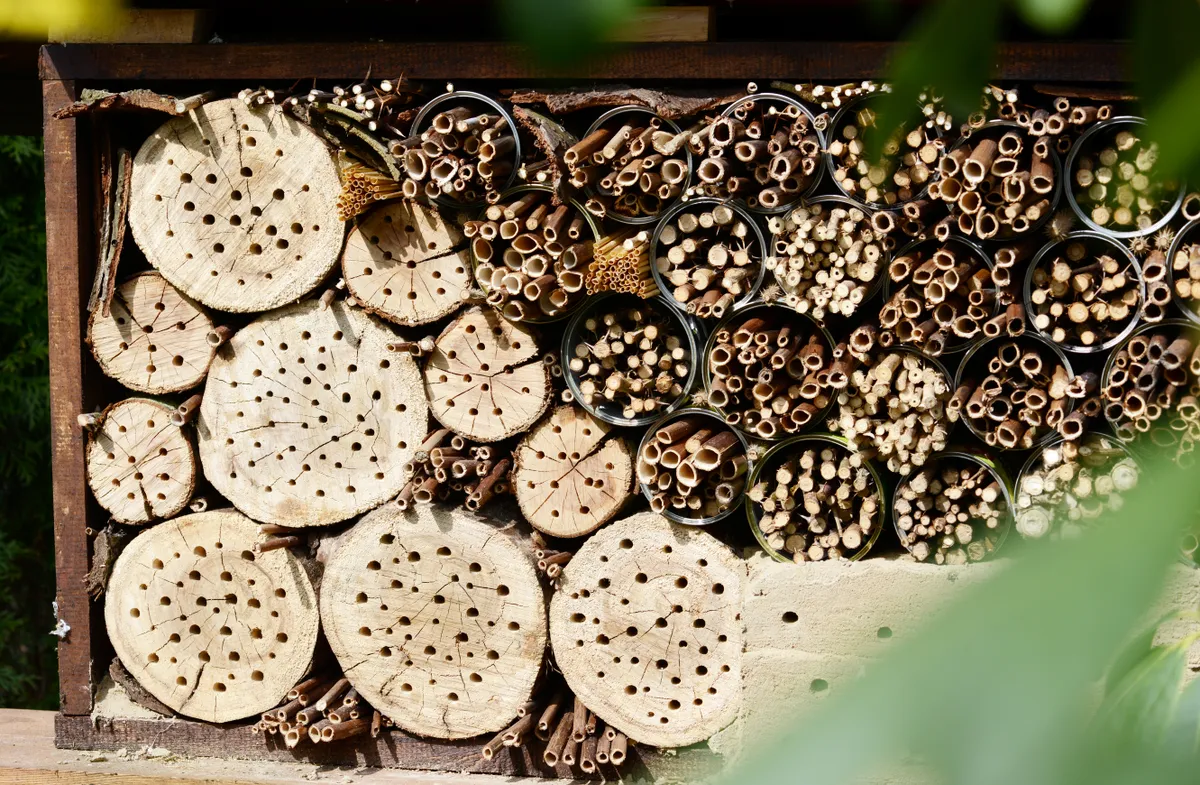
Provide homes for wildlife, including a house for solitary bees (such as the Red Mason Bee). Buy or make a bee box, place it out of direct sun and clean regularly to prevent disease. Place boxes for Blue Tits and Great Tits 2-4m high, clearing foliage so there’s a direct line of flight to the hole; and position boxes for Robins and Wrens below 2m high, hidden amongst the foliage of a hedge or shrub.
Create a wild corner for nettles

Let nettles grow in a sunny patch to allow Peacock, Red Admiral and Comma butterflies to lay their eggs. Grow nettles in a container to prevent them spreading!
Recycling in the garden
Collect water
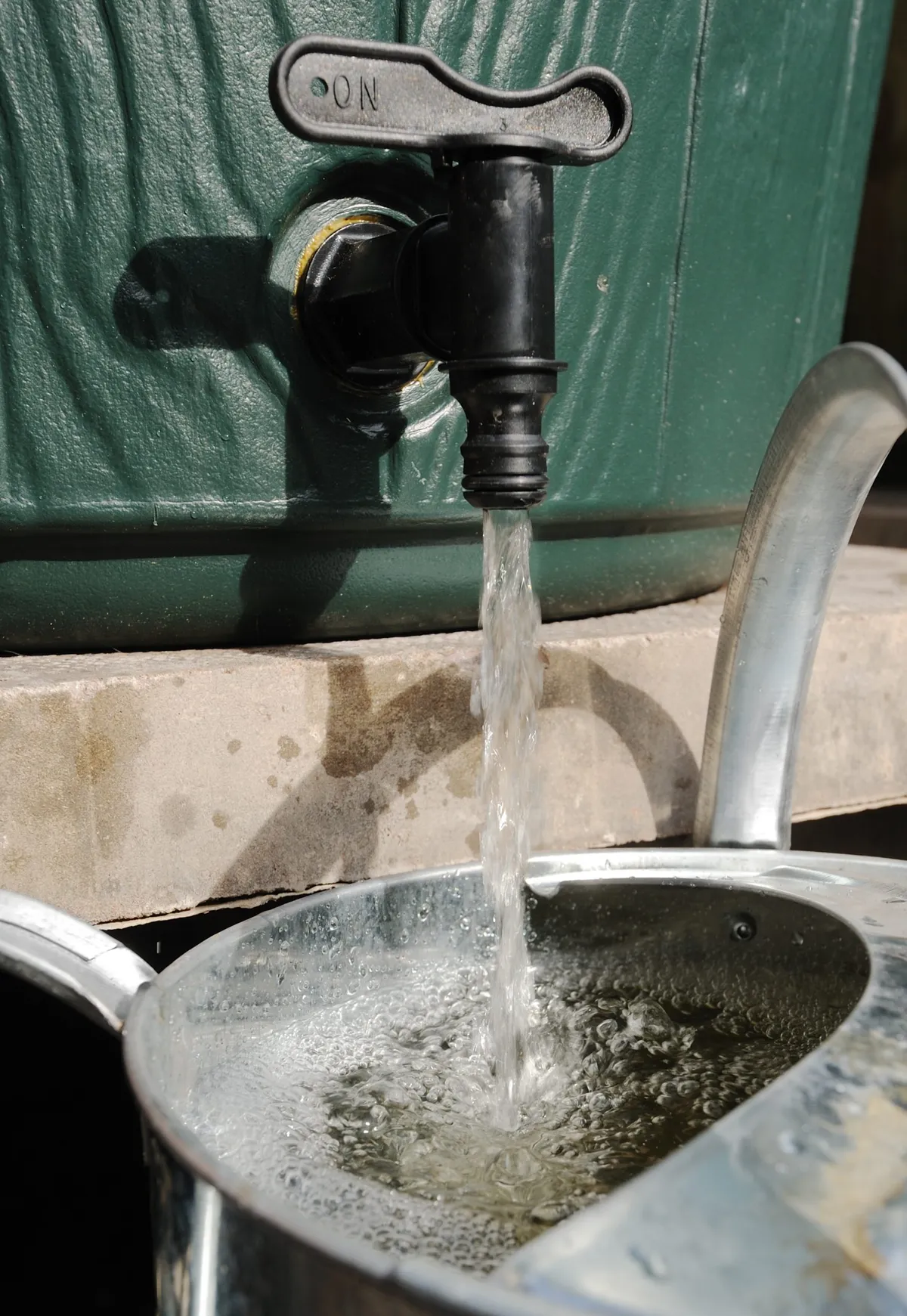
Collect rainwater in butts connected to guttering, to re-use around the garden. And consider installing a pond to provide water for wildlife, such as hedgehogs (which eat slugs) and thrushes (which eat snails). Ensure your pond has a ramp with good grip to allow hedgehogs to climb out.
Use organic compost
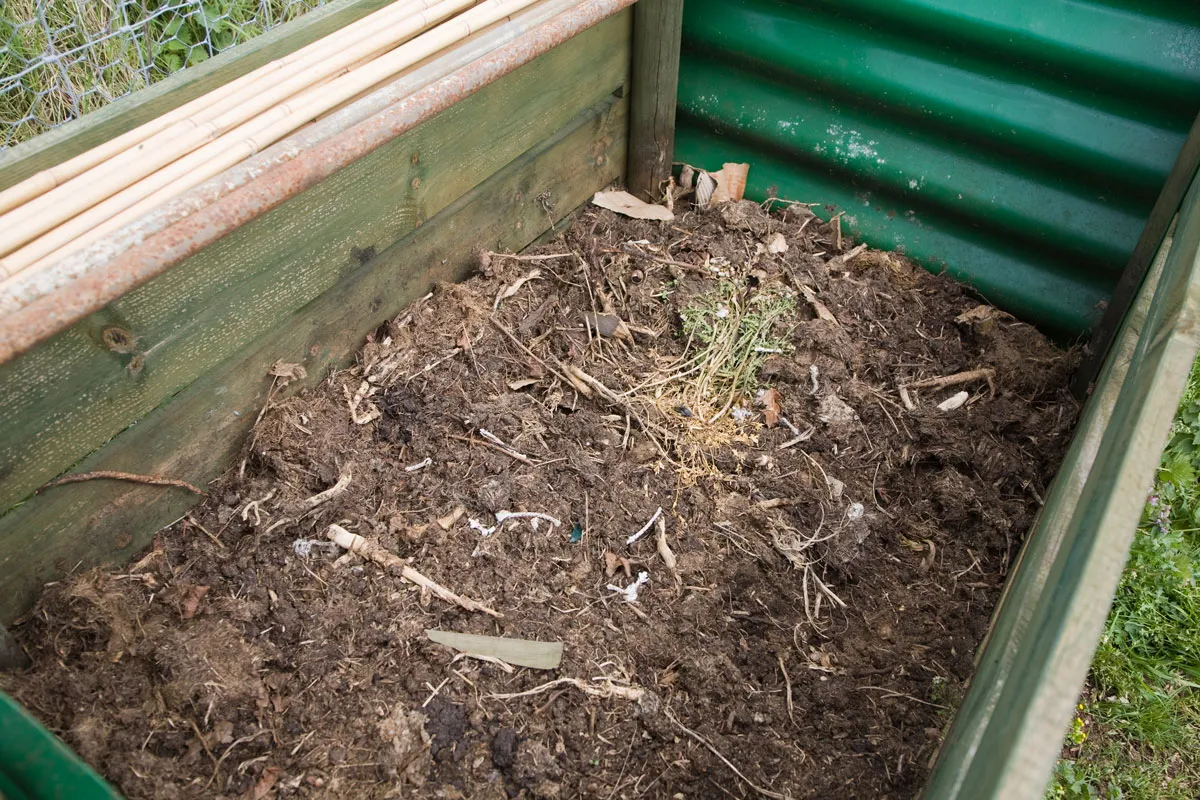
When the soil is healthy, plants are healthy, which means less susceptibility to pests and disease and therefore less need for chemicals. Using less pesticides in turn means more beneficial wildlife, such as ladybirds, which eat aphids. Create healthy soil by adding organic compost upon planting and mulching with it annually. Build or buy a compost bin if you want to make your own.
Skip the slug pellets

Instead of using slug pellets, place comfrey leaves around the bottom of plants that slugs find moreish, such as delphiniums and rudbeckias.
Landscaping
Create a wildlife corridor
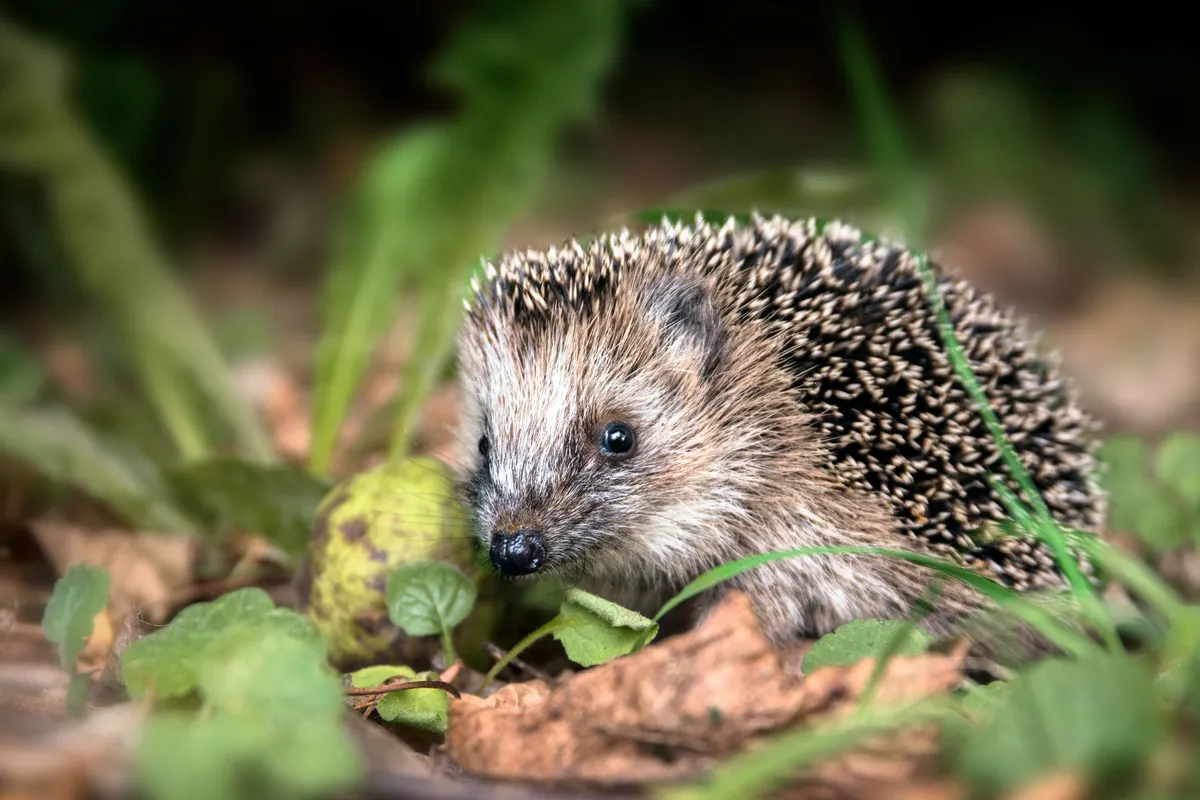
If possible, plant boundaries with hedging or open fencing, or place a section of trellis at the bottom of solid fencing to allow animals such as hedgehogs to move from one garden to another.
Opt for permeable surfaces

When installing hard landscaping, opt for permeable paths and patios rather than concrete, which can create localised flooding and impact wildlife.
Use sustainable materials
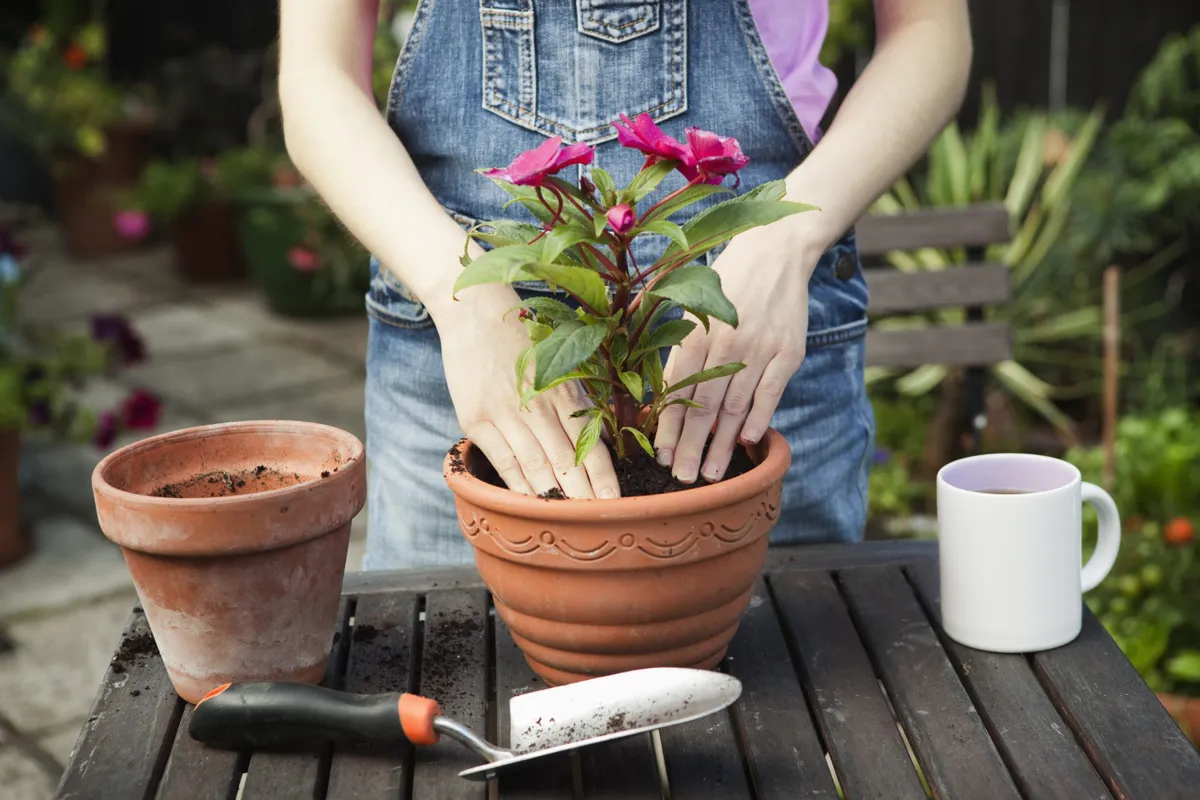
Use eco-sound landscaping materials, such as reclaimed paving, railway sleepers and bricks, or timber from a sustainable source. And buy plant pots and trays made from coir, recycled plastic or bamboo, rather than new plastic.
